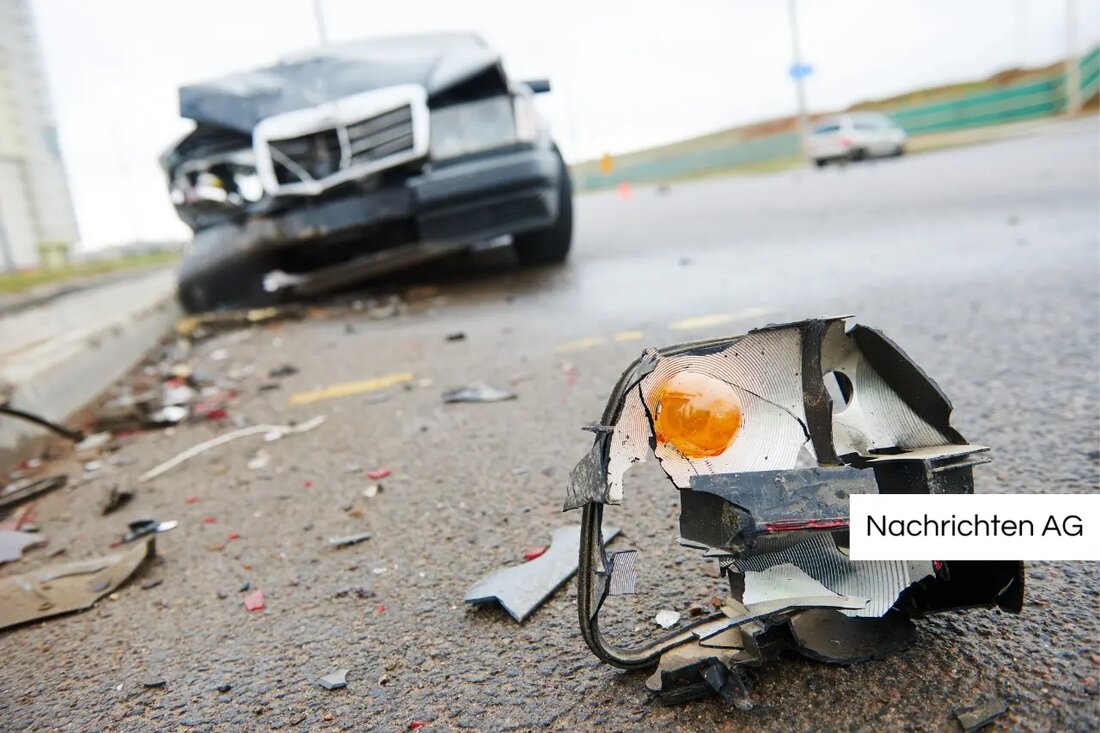65-year-old convicted: Fist strike leads to the fatal accident!
65-year-old convicted: Fist strike leads to the fatal accident!
A 68-year-old was convicted of death in the district court of Cochem for assault. The case that took its exit in an Eifel community is the focus of legal and public attention. The tragic circumstances of the incident took their course when the convict was involved in a dispute that had tragic consequences for an 84-year-old man.
The dispute escalated when the 68-year-old put a punch in the face of the 84-year-old. This blow had fatal consequences: the older man fell and hit the back of the head on the back of the head. The most difficult consequences of his fall later occurred. He died in a Bundeswehr hospital in Koblenz, with the cause of death being determined as a heavy traumatic brain trauma. The accused is committed to his guilt and has accepted the judicial decision.
The legal framework
The case illuminates the legal bases of the bodily harm with death. According to § 227 of the Criminal Code (StGB), this is a crime that can violate public security and can result in particularly serious consequences. This paragraph is often viewed as a "catch -up inventory" if no killing can be proven. It combines intentional action (§ 223 StGB) and negligent offenses (§ 222 StGB), whereby a minimum penalty of three years is planned.
Nevertheless, there is justified criticism of this paragraph. It is often referred to as a "poorly laminated compact instinct". This is due to the complexity that is necessary when assessing the connection between the original offense and the serious consequences. The factual context of danger must be demonstrated. A person's death must have occurred beforehand to justify the application of the paragraph.
criteria for criminal liability
The Section 227 of the Criminal Code requires that the perpetrator acts at least negligently with regard to the difficult sequence. A direct connection between bodily harm and death is of crucial importance. In addition, objective attribution is necessary. The jurisprudence interprets the risk of danger as long as the possibility of death is not outside of any probability.
In cases in which a bodily harm is assessed with death, the negligence of the perpetrator can also play a role. This requires an objective breach of diligence and the predictable possibility of death. The case of the 84-year-old is not only discussed on the basis of the physical consequences, but also because it throws a significant light on the challenges within legal training.
The present case is not only a tragic story about an interpersonal conflict, but also an revealing example of the complexity of German criminal law. The relevance of paragraph 227 of the Criminal Code is often emphasized both in practice and in legal training, since it embodies fundamental principles of dealing with violent crimes and their tragic consequences. Experts therefore recommend that this paragraph deal intensively in order to fully understand the multi -layered matter. This can also be seen in the recommended literature and the exercises that should be used to deepen this topic.
For the further deepening of the topic, reference is made to the explained aspects of paragraph 227 of the Criminal Code, which are decisive for both practice and legal training. The judgment procedure in Cochem also has greater legal and social relevance that goes beyond the individual case.
For more information about the context of the bodily harm with death consequences, I recommend the Article on Rhein-Zeitung and the comprehensive Details on the legal provisions at dskrpt.de .
| Details | |
|---|---|
| Quellen | |


Kommentare (0)